6 Features to Consider When Designing a Coastal Home
To bring out the best features in the design of your coastal abode, consider the weather, materials, fittings – and, especially, the view
Briony Darcy
6 July 2015
Houzz Australia Contributor. Principal of DE atelier Architects. I live and breathe architecture with my lovely husband and fellow architect, Leon Eyck. We travelled the world together seeking gastronomic delights and beautiful architecture. Homeward bound, we set up our practice and started our little family. My passion is family and the unique architecture that makes a home and soul for a family.
Houzz Australia Contributor. Principal of DE atelier Architects. I live and breathe... More
“I can see the sea and the sea can see me” was the cry from the first of my siblings to glimpse the distant ocean. This announced the start of our summer holiday: five kids jostling for a glimpse of the sea view, crammed into a Ford Falcon, caravan in tow. The destination was Port Campbell, Victoria, a sleepy little seaside town that lay on the Great Ocean Road, a highway that hugs the southern coastline of south-eastern Australia. This annual pilgrimage, a fortnight by the sea, a retreat from our farm and school, captures the best memories of my childhood. It has fuelled my desire to raise my children by the coast in Ocean Grove, a town which is also on the Victorian coastline.
My story is similar to many who have chosen to relocate or invest in property by the ocean – whether it be a home, holiday retreat or a place to retire. The coastal environment is spectacular, beautiful and at the same time harsh, unforgiving, windswept and corrosive. For this reason, it is important to think carefully about the design features you hope to magnify in your coastal abode, including what materials you plan to use to achieve them. The design must first and foremost be built to last and endure the salty environs, but it should also serve to create the next generation’s seaside memories. Here are some favourite design features that top my list.
My story is similar to many who have chosen to relocate or invest in property by the ocean – whether it be a home, holiday retreat or a place to retire. The coastal environment is spectacular, beautiful and at the same time harsh, unforgiving, windswept and corrosive. For this reason, it is important to think carefully about the design features you hope to magnify in your coastal abode, including what materials you plan to use to achieve them. The design must first and foremost be built to last and endure the salty environs, but it should also serve to create the next generation’s seaside memories. Here are some favourite design features that top my list.
1. Durable cladding
The selection of materials, especially those that clad the home externally, are critically important to how well a coastal home stands up to exposure. When choosing a material, you should consider both its aesthetic character and ability to withstand the corrosive environment of the salt air. In the imposing home pictured here, Louise Nettleton Architects have chosen off-form concrete (which refers to concrete cast against formwork) for the blades, screens, overhangs and the deep gills. Concrete is a dense material so these design features will not only stand the test of time, even in a salty environment, but will also provide the interiors with a barrier to overheating in summer.
The selection of materials, especially those that clad the home externally, are critically important to how well a coastal home stands up to exposure. When choosing a material, you should consider both its aesthetic character and ability to withstand the corrosive environment of the salt air. In the imposing home pictured here, Louise Nettleton Architects have chosen off-form concrete (which refers to concrete cast against formwork) for the blades, screens, overhangs and the deep gills. Concrete is a dense material so these design features will not only stand the test of time, even in a salty environment, but will also provide the interiors with a barrier to overheating in summer.
Timber can be an extremely durable cladding. You can stain it, paint it or even leave it to weather naturally. It has a coastal feel, blending seamlessly with the natural environment, as seen in this dwelling by Wolveridge Architects. The house nestles beautifully within the coastal bush setting and the timber cladding melds with the landscape.
Check out this timber beach house
Check out this timber beach house
Colorbond has developed a corrosive-resistant metal cladding (and roofing) recommended for use in a seaside environment. This has been used as the primary wall cladding in this DE atelier project in Lorne, Victoria. It is highly resistant and durable. The exposed steel requires thoughtful treatment: it should be hot-dipped and galvanised to provide a protective coating to prevent rusting. Watch out for steel that has been welded or cut off as this will create a weak point for rust. It is also preferable that the steel is bolted together.
2. A room with a view
If you are lucky enough to have a site with a sea view, you will want to make the most of this opportunity. Careful consideration will be needed for the design and placement of glazing. Obviously, the more you can afford, the better the view. In this image, oversized, glazed doors slide back to reveal a spectacular view – when the residents breathe deeply, they are sure to smell the ocean air. The design, by Gavin Maddock Design Studio, demonstrates exemplar warm-climate design, featuring limited internal walls, allowing unobstructed airflow across the living/kitchen/dining space.
If you are lucky enough to have a site with a sea view, you will want to make the most of this opportunity. Careful consideration will be needed for the design and placement of glazing. Obviously, the more you can afford, the better the view. In this image, oversized, glazed doors slide back to reveal a spectacular view – when the residents breathe deeply, they are sure to smell the ocean air. The design, by Gavin Maddock Design Studio, demonstrates exemplar warm-climate design, featuring limited internal walls, allowing unobstructed airflow across the living/kitchen/dining space.
This view of the rear of the Maddock house shows the building’s transparent centre. It has large glazed walls to the north and south, opening the vista across the living zone and out to the ocean. A single flat roof extends across the mid section to create a generous outdoor living area to the rear. The oversized eaves provide protection from a hot sun, creating a welcome relief from summer heat. The eaves also allow the house to be open during a downpour. The eastern and western side walls have few windows, bookending the living area and reducing the amount of heat that’s generated by the morning and afternoon sun.
3. A sunroom buffer zone
This house is perched on a hill overlooking the rugged south-eastern coastline of Lorne, Victoria. The beautiful ocean view is on the southern side of the house but this orientation also cops ferocious wind and rain throughout the winter. DE atelier Architects designed a spacious sunroom with overhead glazing to take advantage of the view, to provide warmth and light, as well as to form a barrier between untoward weather and other parts of the house. Adjoining the sunroom is a living area and master bedroom, and this inner sanctum benefits from heat captured by the sunroom’s design. To prevent overheating the sunroom in the warmer months, the cool sea breeze passes through large, sash-less glass windows and fans (on sensors).
This house is perched on a hill overlooking the rugged south-eastern coastline of Lorne, Victoria. The beautiful ocean view is on the southern side of the house but this orientation also cops ferocious wind and rain throughout the winter. DE atelier Architects designed a spacious sunroom with overhead glazing to take advantage of the view, to provide warmth and light, as well as to form a barrier between untoward weather and other parts of the house. Adjoining the sunroom is a living area and master bedroom, and this inner sanctum benefits from heat captured by the sunroom’s design. To prevent overheating the sunroom in the warmer months, the cool sea breeze passes through large, sash-less glass windows and fans (on sensors).
4. A relaxing outdoor alcove
When designing your coastal abode, it is important to create a protected outdoor niche where you can sit back and enjoy the sun and, if positioned right, hopefully the view. Along the Australian coastline, there are many beachside locations where the wind will sometimes be blustering off the ocean. Shelter from the wind is paramount. Usually, if you can create a north-facing deck, you can settle down to a quiet sun-drenched moment. The walls of the house pictured here wrap around the south and west side, protecting the north-facing deck and extending the time the homeowners can spend outdoors.
Best decks for Australian weather
When designing your coastal abode, it is important to create a protected outdoor niche where you can sit back and enjoy the sun and, if positioned right, hopefully the view. Along the Australian coastline, there are many beachside locations where the wind will sometimes be blustering off the ocean. Shelter from the wind is paramount. Usually, if you can create a north-facing deck, you can settle down to a quiet sun-drenched moment. The walls of the house pictured here wrap around the south and west side, protecting the north-facing deck and extending the time the homeowners can spend outdoors.
Best decks for Australian weather
5. An outdoor shower
One of the most common requests to include in the design for a coastal home is an outdoor shower. It’s a welcome place to wash off sand and salt before heading indoors. You can select high-quality stainless steel fittings for your outdoor shower but eventually they will corrode. A good option is to buy cheaper fittings and allow for their replacement every couple of years – all grades will succumb to the salt air eventually. If you’re handy, this may be a more economical solution than purchasing the stainless steel counterpart. Otherwise, you might want to consider making a feature of the space, with quality fittings, like this stylish New Yorker outdoor shower designed by West Chin Architects & Interior Designers.
One of the most common requests to include in the design for a coastal home is an outdoor shower. It’s a welcome place to wash off sand and salt before heading indoors. You can select high-quality stainless steel fittings for your outdoor shower but eventually they will corrode. A good option is to buy cheaper fittings and allow for their replacement every couple of years – all grades will succumb to the salt air eventually. If you’re handy, this may be a more economical solution than purchasing the stainless steel counterpart. Otherwise, you might want to consider making a feature of the space, with quality fittings, like this stylish New Yorker outdoor shower designed by West Chin Architects & Interior Designers.
6. A storage spot for surf gear
One of the reasons people love the ocean is that there is a gigantic playground right at your back door. Don’t forget to provide a storage area for little and big kids’ toys, whether they be surfboards or boogie boards, bikes, frisbees or beach balls. This house proudly displays the occupant’s passion for surfing, with a purpose-built storage rack created to store surfboards.
TELL US
Do you have a home by the sea? What are the most important features of your home? Tell us about them in the Comments.
MORE
Houzz Tour: Coastal Cabin Turned Luxury Mornington Peninsula Getaway
Australian Native Coastal Plants Bring the Beach Home
My Houzz: Rugged South Aussie Coastal Site Inspires Studio Sanctuary
One of the reasons people love the ocean is that there is a gigantic playground right at your back door. Don’t forget to provide a storage area for little and big kids’ toys, whether they be surfboards or boogie boards, bikes, frisbees or beach balls. This house proudly displays the occupant’s passion for surfing, with a purpose-built storage rack created to store surfboards.
TELL US
Do you have a home by the sea? What are the most important features of your home? Tell us about them in the Comments.
MORE
Houzz Tour: Coastal Cabin Turned Luxury Mornington Peninsula Getaway
Australian Native Coastal Plants Bring the Beach Home
My Houzz: Rugged South Aussie Coastal Site Inspires Studio Sanctuary
Related Stories
Most Popular
Renovation Insight: How to Choose an Architect
A great architect can turn your dream home into reality – three industry experts reveal where to look for the right one
Full Story
Most Popular
Renovation Insight: How to Choose a Sustainable Architect
Thinking of going green? Three experts share their advice on finding and choosing a sustainable architect for your build
Full Story
Project Of The Week
An Inspired Solution for a Dark & Disjointed Californian Bungalow
See how an architect opened up a light-starved, closed-in Melbourne home, and connected it with the neighbouring park
Full Story
Houzz Tours
Sydney Houzz: Bob Hawke's Iconic Northbridge Home Made Modern
The old home of Australia's longest-serving Labor prime minister and his wife Blanche d'Alpuget has had a new makeover
Full Story
Project Of The Week
Before & After: A Leaky, Falling-Down Victorian Terrace Reborn
See how a small Melbourne terrace, untouched for over 100 years, was remade into a functional home for a modern family
Full Story
Awards
Small Homes in Unexpected Places: Three Stories
Making do with what you've got can inspire serious creativity, as these three finalists in the 2023 Houses Awards show
Full Story
Houzz Tours
Rural Houzz: A Modern Mountain Retreat Set Among the Gums
Explore a cleverly designed country home that sits quietly within the landscape, while providing views from every room
Full Story
Bathrooms
Rooms of the Week: How 5 Bathrooms in One Home Found Their Flow
See how cool granite, retro peach tiles and a 'same but different' design approach created cohesion in five bathrooms
Full Story
Houzz Tours
Sydney Houzz: Splashes of Theatricality Reflect Dazzling Views
Glittering water views are matched by a stunning interior and lush garden in this multi-level harbourside home
Full Story
Renovating
What's the Outlook for Renovations in 2023? Experts Weigh In
There's light at the end of the tunnel for renovators and builders this year, but patience and flexibility are key
Full Story

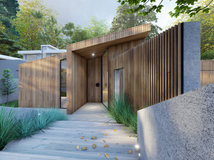
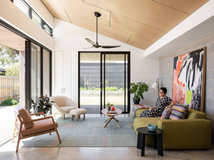

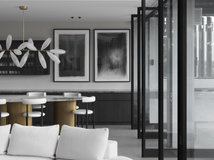
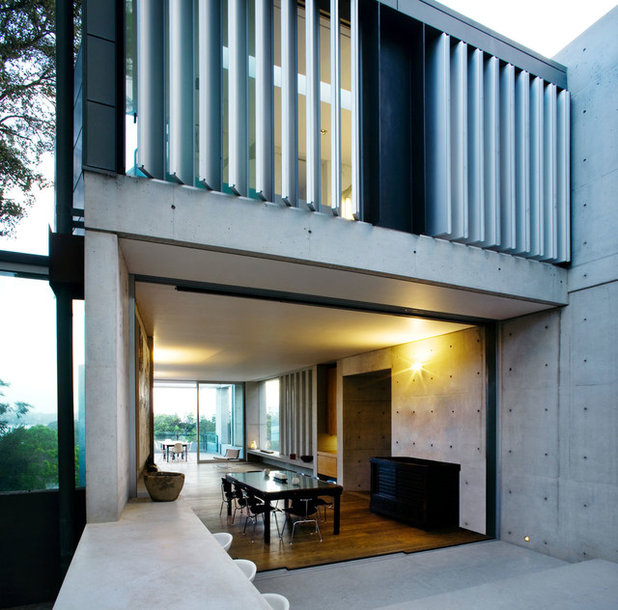
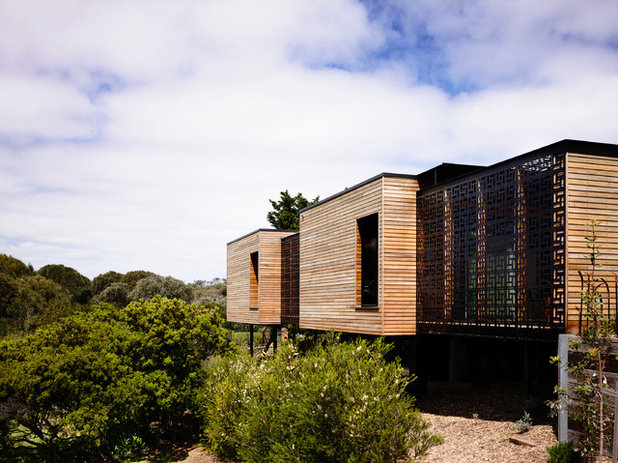
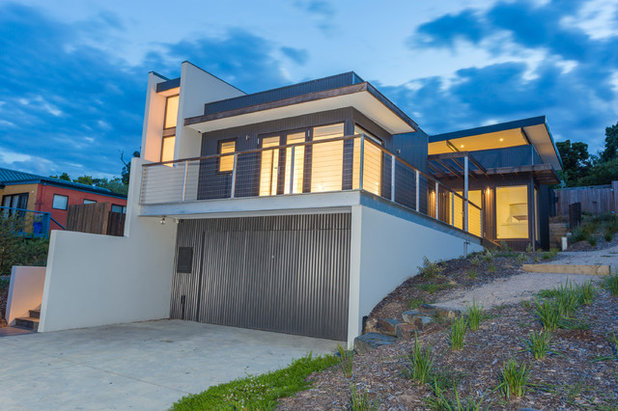
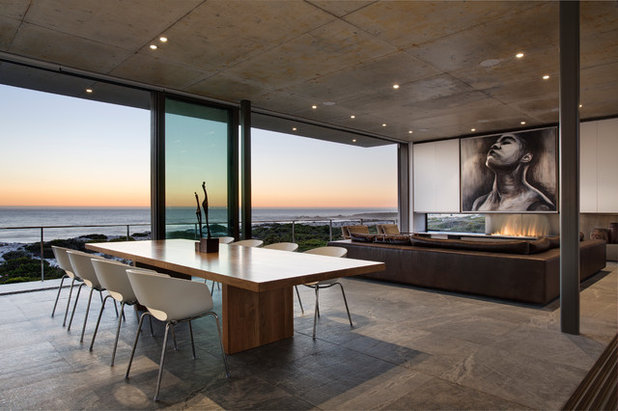
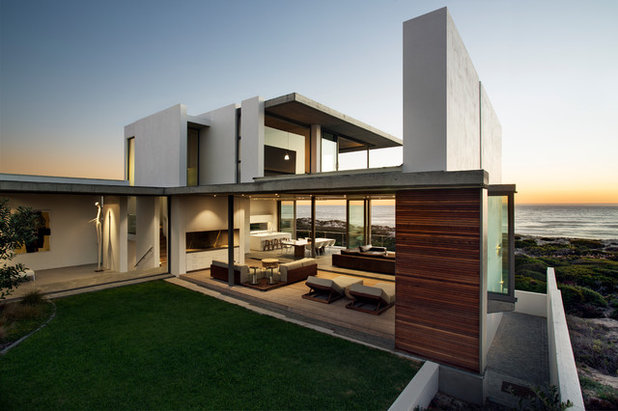
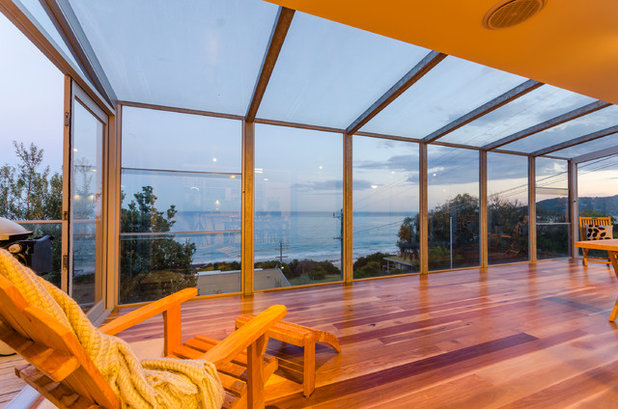
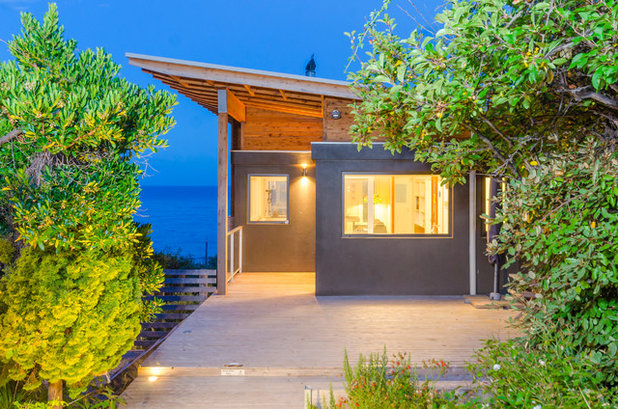
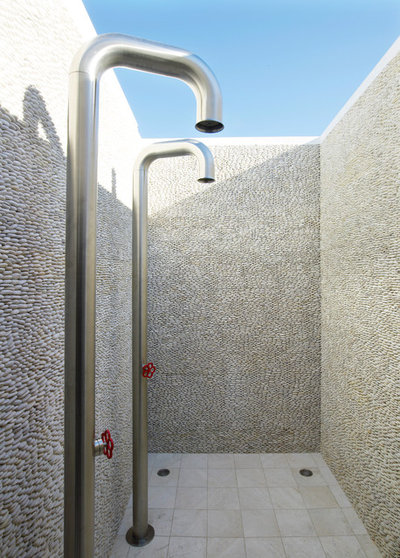
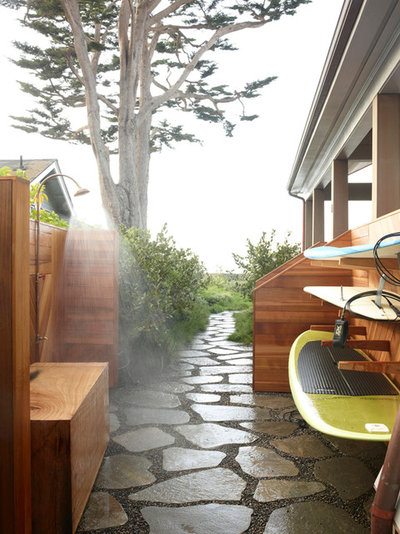
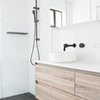
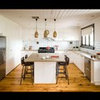
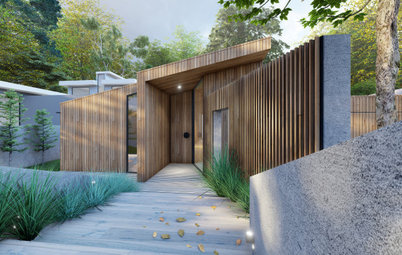
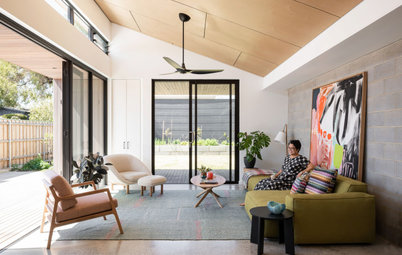
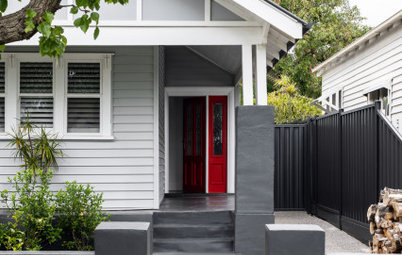
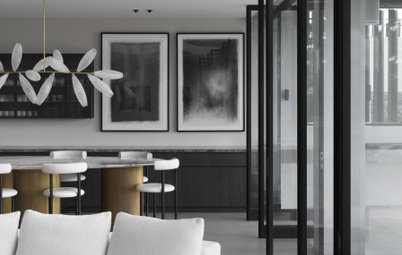
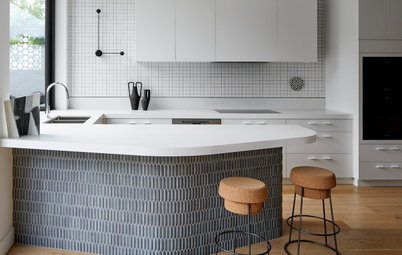
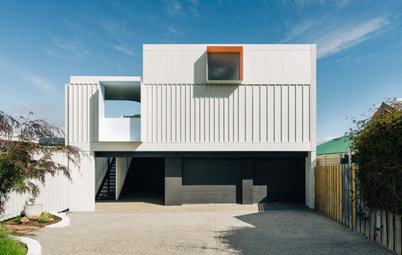
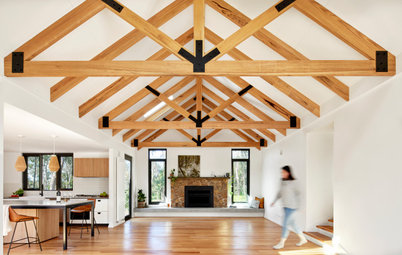
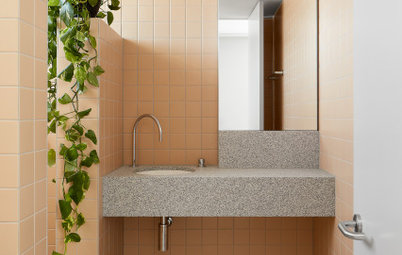
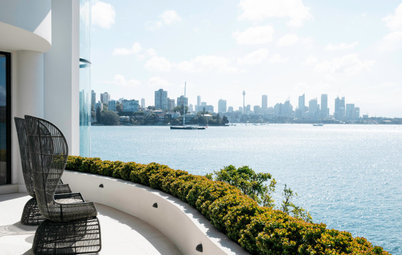

If you’re building on or near the Coast, extra precautions need to be taken as the salt water and salt in the air will react with many building materials; in our recent blog post we focus on the metal brackets and fixings for timber construction.
3 Questions To Ask Your Builders Before Construction Begins On Your Coastal Home